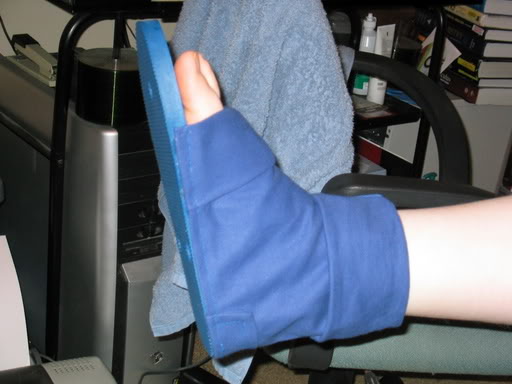
EMBED THE IMAGE Above ON YOUR SITE
Lots of cosplayers are interested in making their Props,Armors,weapons or some small accessories personally. Then, how should you begin and what do you need? Below, a list of frequently used materials for cosplay is shared with you.
1. Expanded Polyethylene
Slightly harder than urethane foam and used to make the bath mat, expanded polyethylene is widely applied. But because of rough surface that is difficult to be painted, it is usually processed with a sheet above it. Jars or tubes of rubber binder are used, in which G10 best performs.
2. Foamed Polyolefin Board
It can be applied to armor or any other small props. Foamed polyolefin board has exquisite textures, yet excellent practicality and intensity. It’s loved by many cosplayers while making their weapons or accessories. Functional in resist the impact and heat, it can be easily processed by a paper knife or scissor.
3. Polystyrene Foamed Plastics
It can be applied to hard & well-knit armors, weapons, small props, etc. Usually used on swimming practice board, heat insulation sheet and cushioning material, it’s harder than polyolefin board and has fine textures on the surface, which can be easily processed.
4. Styrene Board
It can be applied to thin weapons like knife, sword and small props. When polystyrene foamed plastics are made to be boards, they are hard, lightweight yet rather thin, which are unsuitable while making some thick items.
5. Styrene Stick
It can be applied to thin stick-patterned props like cigarette and accessories on clothes. When polystyrene foamed plastics are made to be stick-pattered, they are lightweight yet less supple, which is not a great choice for making circular items.
6. Foamed Styrene (Board)
It can be applied to any prop if you don’t mind roughness and low durability. It’s cheap and easily processed by paper knife. But rough surface makes it easily torn.
7. Foamed Styrene (Piece)
It can be applied to not only cosplay weapons, small props, but also photographic background, props, etc. Except cube, there are also other shapes looking like protective screens. Color on them is similar with clay.
8. Foamed Styrene (Ball)
It can be best applied on hair accessories, earrings, decorations on clothing, etc. Various sizes and weight are available. Except globular shapes, there are also ovoid and semi-circle patterns, which have a wide application.
9. Aqueous Spray
It can be applied to coating on foamed styrene, plastics, etc. It’s soluble in water before drying. But it becomes waterproof after drying and can be daubed.
10. Oily Spray
It can be applied to coating on ironware, woodwork, etc. It quickly becomes dry and doesn’t drip down. Just pay attention to that oily spray can dissolve foaming styrene and other items.
11. Resin Clay or polymer clay
It can be applied on modeling of plastic components. Clay made from plastic resin becomes supple in hot water. It shapes easily and can be reused after cooling.
12. Lightweight Paper Clay
It can be applied on weapons, small props, components, etc according to coating pattern. Extremely lightweight paper clay can be easily found and modeled. It is the most suitable material for beginners because of can be colored by painting tools. But it has a low durability.
EMBED THE IMAGE Above ON YOUR SITE




